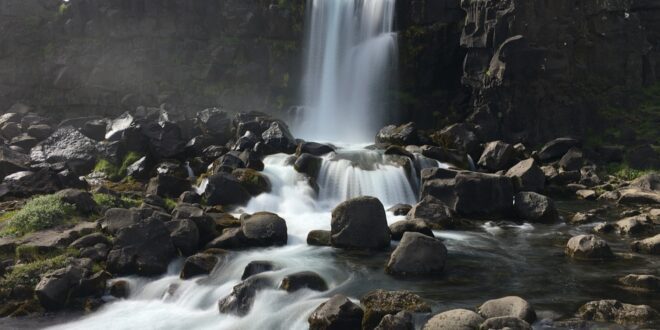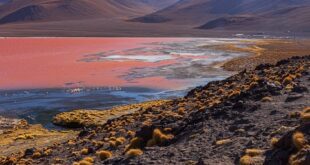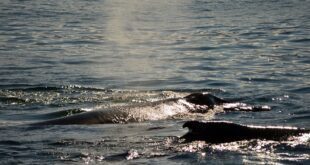From Earthquakes to Mountain-Ranges: Uncovering the Secrets of Plate Tectonics
Have you ever wondered how the Earth’s surface changes so dramatically over time out of nowhere? One moment you’re standing on firm ground, and the next thing you know, the ground shakes violently underneath your feet. Volcanic eruptions, earthquakes, and the formation of mountain ranges, all reflect the most dynamic aspect of the Earth’s geology- plate tectonics.
Plate tectonics refer to the movement and interaction of the solid plates that make up the Earth’s crust. These plates move around slowly over millions of years, and punctuated by volcanic eruptions, earthquakes, and formation of mountain ranges in between. The theory of Plate Tectonics can explain not only these occurrences on land, but also much of the processes shaping up the ocean floor.
Theories and Research that led to the discovery of Plate Tectonics
A century ago, scientists believed that the Earth’s surface was a single solid plate, however in the 1960s the discovery of the Mid Atlantic Ridge changed all that. The Mid-Atlantic Ridge is a vast underwater mountain chain that weaves in and out of the Atlantic Ocean. Volcano’s exhibit themselves here. It was the trail explored by German mariners who stumbled upon what’s, was called hair-raising data code-named “Traceson deftones.” Few researchers believed that many of the strange topological features associated with the Earth’s surface were linked, and were evidence of the slow, meandering flow of the Earth’s crust.
It took years of research, combining geological data with marine and satellite imaging, and more, for scientists to piece the puzzle together. In the end, the researchers amassed a stunning amount of evidence that confirmed beyond the crust lies an insistent need for understanding how the dynamics of the earth’s crust overlaid on top of the much hotter earth’s mantle differentiated the plate tectonics interactive movements exemplified in Plate Movements.
From Mountains to Oceans: The Transformative Journey of Plate Tectonics
Plate Tectonics has been the single most substantial discovery in the geological process applied for advancing the knowledge of our planet far rapidly. Without it, we still wouldn’t understand the cyclical nature of the Earth’s surface. Mountains and valleys force the gradual uplift of rock and the erosion of sediment. Earthquakes, volcanoes, and tsunamis reveal how insidiously tectonic plates move across worldwide basins of lava known as strings of Fire Mountains. Churning geothermal activity at deep trenches and other high geothermal areas helps drive water and debris for hydrothermal vents that sustain exotic lifeforms along midocean rifts.
Conclusion
Beyond Tremors, crusts, and Lithospheres form the fascinating story about this planet. The boldness of tectonic progressions seen today was only a pipe dream centuries, making the picture about of plateau tectonics today was decipherable through much study and focused research. Moveover, being a change definition in a planet largely possessing geological properties that are mysterious to science, Plate Tectonics keep scientists and people from everywhere intrigued for eons, and leads the Globe towards acquiring understanding into how this most durable of subjects constitutes its abstract parts.
 Mind Uncharted Explore. Discover. Learn.
Mind Uncharted Explore. Discover. Learn.




